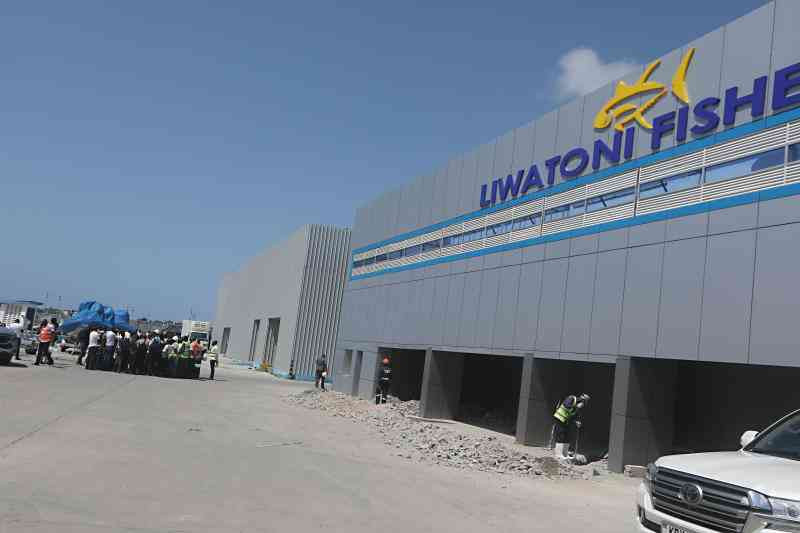Businesses have a life cycle almost similar to that of living things. From the moment you start your venture, there are bound to be ups and downs that affect its performance. Market conditions such as regulation and competition ensure that you do not have free rein in selling your product or service, but may also energise your business by forcing you to innovate.
The life cycle starts when an entrepreneur recognises an opportunity, sets aside resources, implements the idea then assumes the risks and rewards. Whereas many enterprises will follow different paths, it is important to keep in mind that your business may not live for ever, and that it is bound to undergo numerous changes over time. A survey by the Kenya National Bureau of Statistics in 2016 found that 2.2 million micro, small and medium enterprises had closed shop since 2011.







